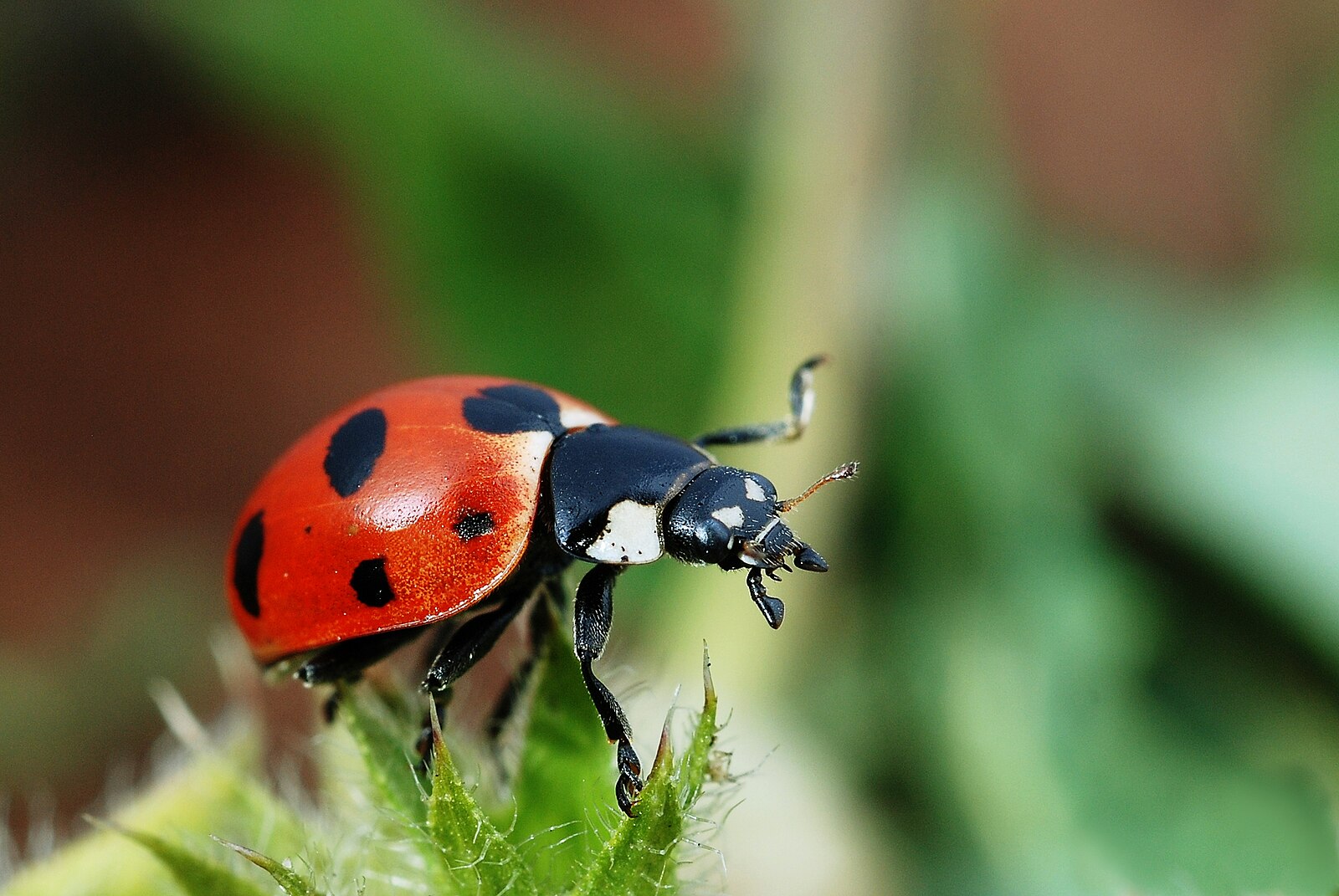We were at a neighbors' house, sitting in their beautiful garden, when the question of lady bugs came up. Both of our gardens have been visited by aphids on the broccoli and kale. What to do? Do we buy lady bugs? What about what we've heard about lady bugs flying away and going to someone else's garden? Good questions!
The University of California Integrated Pest Management is a well-respected source of information from biological to chemical. So I checked their page, "How to Manage Pests, Convergent lady beetle". They say "Although they are extremely important natural enemies of aphids, their propensity to disperse makes it difficult for them to be used in inoculative or inundative biological control programs". In other words, good luck!
If you do buy ladybugs, they have some advice on how to keep them around longer.
On a recent walk at the Middle Harbor Shoreline Park, there were many yarrow plants growing along with ceanothus. All of the yarrow plants had ladybugs on them. I didn't check the ceanothus. That made me wonder, how can I attract lady bugs to my yard? They are obviously around naturally if they are all over this park in the middle of industrial Oakland.
The Chronicle ran an article on attracting ladybugs. They gave a nod to yarrow and many other plants in that same Asteraceae family: sunflowers, zinnias, Mexican sunflower, and Goldenrod (Solidago). They also mentioned several in the Apiaceae family: dill, coriander, and fennel.
As I find out more plants, I will add them.
But wait! What about lacewings and parasitic wasps?
If you check the UC-IPM aphids section there are more suggestions. Keep ants off plants. Consider that aphids are like cows and ants are the cowboys, protecting the cows and moving them about to better pastures.
Lacewings may be even better than ladybugs as far as staying in your yard. They occur naturally and you can also order them from Peaceful Valley.
Attract syrphid fly larvae, parasitic wasps and flies, and soldier beetles with tiny flowers, like the native buckwheat and yarrow. Let your dill, parsley, and cilantro flower.




No comments:
Post a Comment